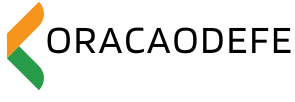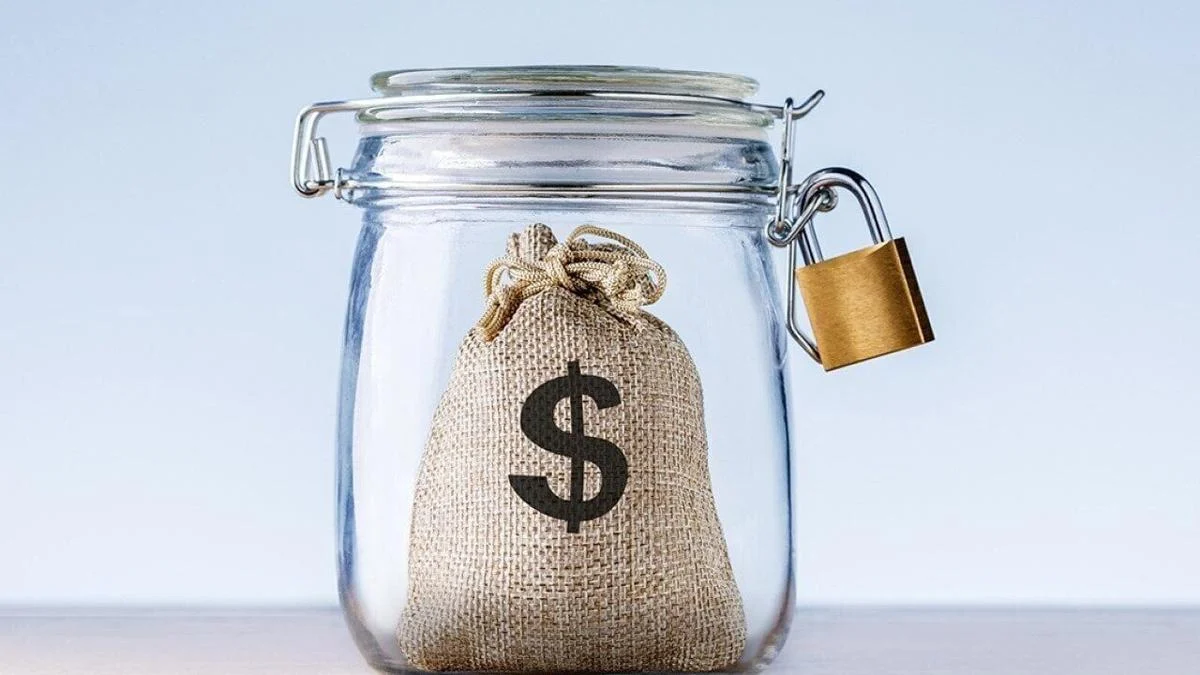An emergency fund is like a safety net to protect your money; it helps you when life throws you unnecessary expenses. Having cash on hand can help you avoid debt and give you peace of mind in case of emergencies, such as a hospital bill, car repairs, or a sudden job loss.
However, building an emergency fund can be intimidating, especially if you already have a lot of bills or debt, or are on a tight budget. The good news is that you don’t have to save a lot right away. With the right mindset and a few simple steps, you can start small and build your emergency fund over time without becoming overextended.
Why You Need an Emergency Fund
Say your car breaks down or you lose your job. If you don’t save for an emergency, you might have to take out a high-interest credit card or a loan, which can make an already difficult situation even worse.
A 2024 Bankrate survey found that 56% of Americans would need to borrow money to cover a $1,000 emergency. Experts therefore recommend that an emergency fund should be your first line of defense against financial hardship.
An emergency fund can help you:
Handle unexpected expenses without going into debt
- You can rest easy knowing your money is safe.
- Paying off debt or saving for a home are also goals you should stick to.
How much should you have?
How much you need depends on your lifestyle and available funds. Here are some general rules of thumb:
- $500 to $1,000 as a starting fund
- Three months’ worth of basic expenses as an emergency fund
- A well-stocked emergency fund: enough to cover bills for 6 to 12 months
If you’re just starting out, focus on a starting fund first. It’s easy to manage and covers most small expenses. Make sure you have enough money to last three to six months, depending on the size of your family and your regular income.
Emergency Fund Goals Based on Income and Lifestyle
| Income Level | Recommended Starter Fund | Long-Term Target (6 Months) |
|---|---|---|
| Under $2,500/month | $500 | $7,500 |
| $2,500–$5,000/month | $1,000 | $15,000 |
| $5,000+/month | $1,500+ | $25,000+ |
Note: Start small. Progress builds over time.
Here’s how to easily build an emergency fund, step by step.
1. Set a clear, small goal
Don’t be afraid of large sums. If you think €1,000 is too far away, set your goal at €100. Then gradually increase it. A clear, achievable goal will help you stay motivated and stick to it.
Save €25 per week, and by the end of the month, you’ll have saved €100.
2. Open a separate savings account
Don’t deposit your emergency fund into a bank account, but into a separate savings account with a high yield. This prevents unnecessary wastage and allows your savings to grow with interest.
Find online banks or credit unions with an annual interest rate of 2% to 5% and no fees.
Step 3: Set up automatic savings
Set up a recurring transfer when you get paid, even if it’s only €10 or €20. Setting up a recurring savings account ensures you won’t miss payments or forget to transfer money.
Tip: Save money like you pay your bills every month. Take care of yourself first.
4. Spend the money you save
Your emergency fund can get a huge boost from extra money you receive, such as a tax refund, bonus, rebate, or gift.
Instead of spending it, put at least some (or even all) of it into a savings account. This is an easy way to save quickly without changing your regular expenses.
5. Cut back on small, short-term expenses
You don’t have to live on rice and beans, but by cutting back on some extra expenses, you can save money.
For example:
- Save €40 per month and you won’t have to buy meals every week.
- Freeze €10 to €30 per month on unnecessary bills.
- Save €80 per month by making your own coffee at home.
You can put this savings into an emergency fund. Once it’s fully funded, you can get back to your normal life.
6. Track your progress
It can be very encouraging to see your savings grow. Use a schedule, calendar, or savings app to track your progress toward your goals.
Even if the payments are small, they add up quickly.
How to use your emergency fund (and how to avoid it)
Your emergency fund is for real, urgent needs, not for wants or expenses you know you’ll have.
Use it for:
- Medical emergencies
- Job loss
- Unexpected home or car repairs
- Travel emergencies
Don’t use it for:
- Travel
- Recurring bills
- Christmas gifts
- Buy-it-now deals
Need to use it? No problem, that’s what it’s for. Just prioritize replenishing it later.
Emergency Fund Quick Guide
How can I save money if I don’t have it in my savings account?
Start small and save $5 to $10 per week. Look for small ways to save money, like using points apps, cashback rewards, or cutting back on small expenses. The key is consistency, not how much you earn.
Where should I keep my emergency fund?
It should be in a high-yield savings account, separate from the account you use for your daily payments. It should be easily accessible in emergencies, but not too accessible at any given time.
Should I still save money if I’m already in debt?
Yes. Even a small emergency fund can help you avoid debt. Try saving $500 to $1,000 first. Then pay down your debt while protecting that money.
Could you please let me know how long it might take for my emergency fund to grow?
Your goal depends on your focus and your money. Most people can build a $1,000 emergency fund in three to six months with a steady job.
Will my emergency fund be useful?
Not at all. The stock market shouldn’t have an emergency fund because it should be safe and easily accessible. It’s best to choose an FDIC-insured savings account or money market account.
Conclusion: Start small and persevere
Building an emergency fund isn’t difficult. Plus, it can give you a tremendous sense of power. If you start small, save automatically, and persevere, you can build a financial buffer that gives you peace of mind without completely changing your lifestyle.
Remember: the goal is security, not perfection. Every dollar you save today is a step toward greater freedom and security tomorrow.

